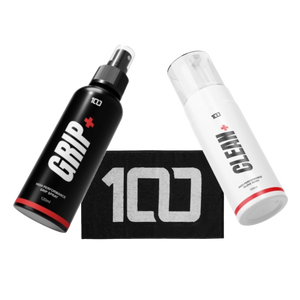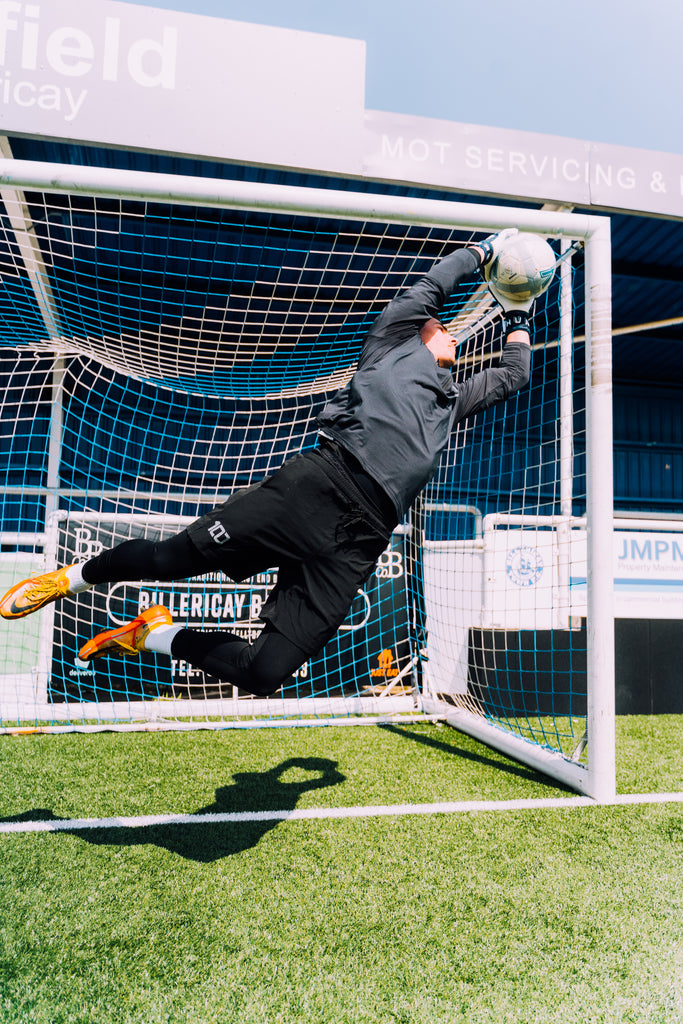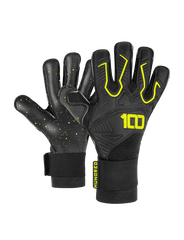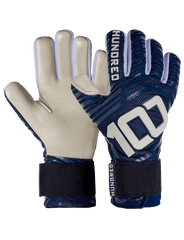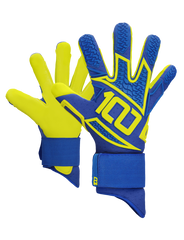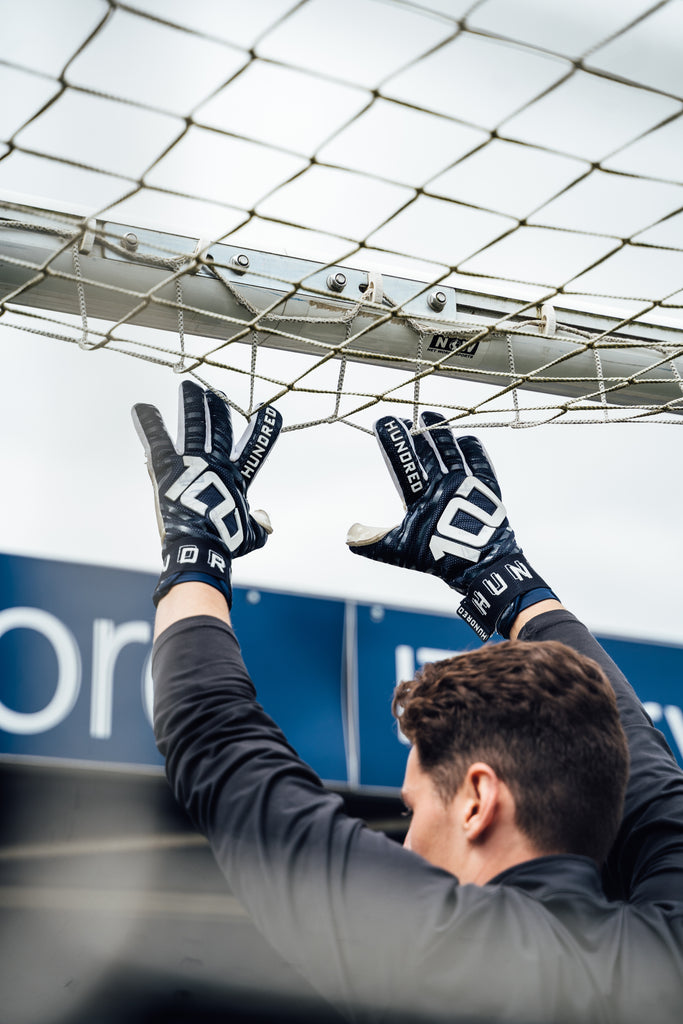
Match gloves vs training gloves
Match gloves are built for grip.
Training gloves are built to last.
Match latex is usually softer, stickier, and more fragile. It’ll give you that elite-level feel — but if you use it every day in a muddy training session or on turf, don’t expect it to hold up.
Training gloves use tougher latex that gives up a bit of grip for a lot more life. They won’t feel as “pro” out of the box — but they’ll still perform, and you won’t blow through a pair every 2 weeks.
